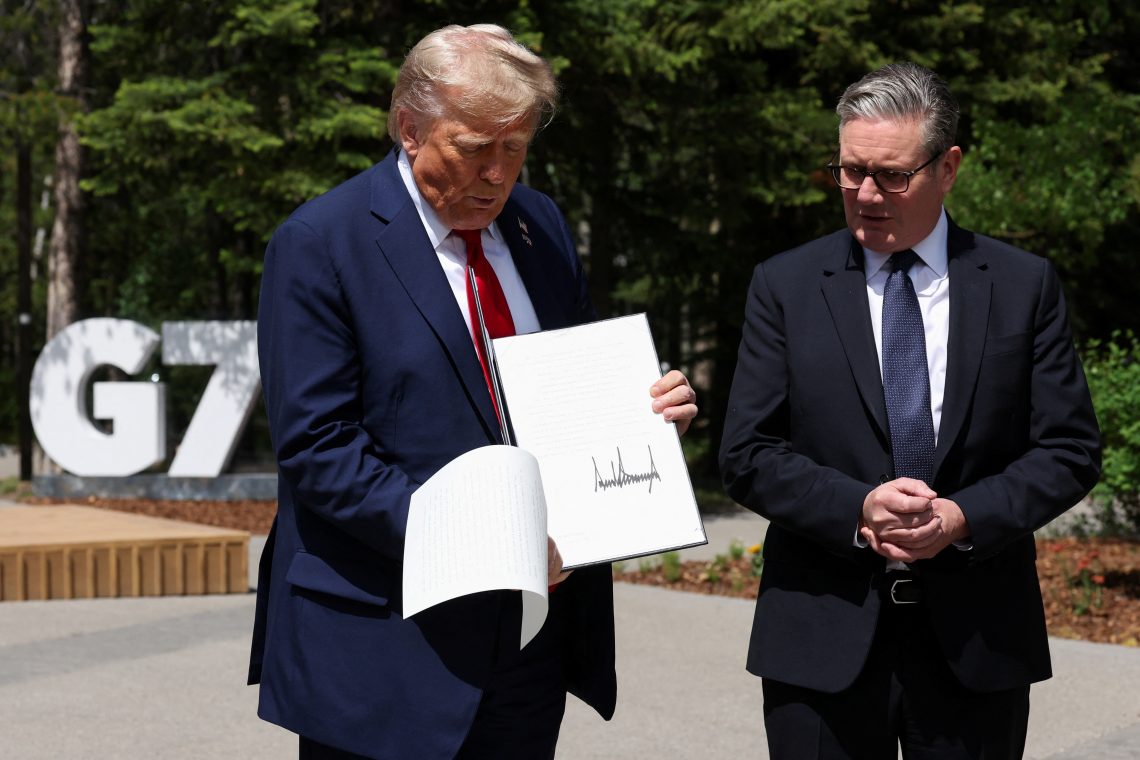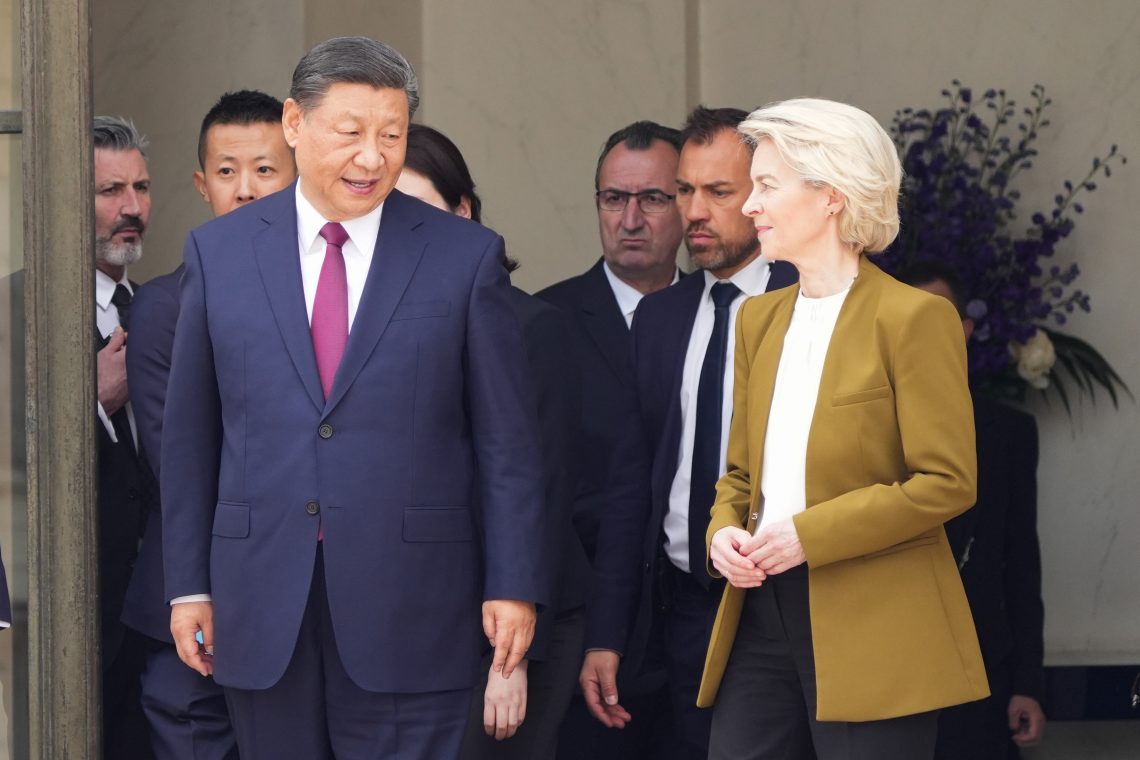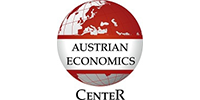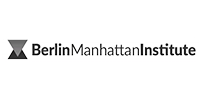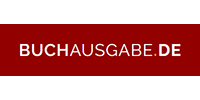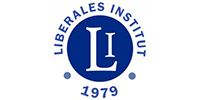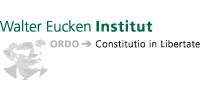Global copper supply chains under escalating stress
The $270 billion global copper industry has reached an inflection point in 2025. The shift toward a green, electrified, digital future has vastly increased copper demand. The industry’s annual market value is expected to reach $370 billion due to demand for new infrastructure, electric vehicles and renewable energy.
Yet the industry is currently facing a convergence of challenges that are reshaping the way companies source, process and trade this critical raw material. The imbalance between rising demand and limited supply is further widened by geopolitical instability, trade tensions, tariff escalations and regulatory pressures.
Rising demand versus supply constraints
As industries from renewable energy to EVs, infrastructure, data centers and construction become increasingly reliant on copper, the resilience and adaptability of the metal’s supply chain have become matters of global economic significance.
Copper usage is expanding at a time when several technical factors are limiting its supply. Declining ore grades, diminishing mining scale and rising energy costs make the already-challenging environment for the industry even more complex.
To buffer some of these constraints, companies reliant on copper are increasingly diversifying their supply chains, localizing refining and investing in recycling, among other measures. But many mitigation paths require long lead times and substantial working capital, in addition to regulatory stability and political goodwill.
How businesses adapt in the next few years will be critical to the industry’s success. If investment levels and government policy frameworks keep pace with the growth in demand for copper, it may be possible to avoid major shortages or cost shocks. If not, the risks are substantial for both the sector and the pace of the global transition to low‐carbon infrastructure.
Nevertheless, developing new copper supply is both capital-intensive and time-consuming. Most new mining projects require more than a decade to progress from discovery to commercial production.
Simultaneously, operational mines in major copper-producing nations such as Chile, Peru, Zambia and the Democratic Republic of the Congo are facing increasing challenges including labor unrest, logistical bottlenecks, permitting delays, social opposition and climate-related disruptions such as floods and droughts.
Tariff escalation and value-chain loss
Since 2022, following Russia’s invasion of Ukraine and the subsequent imposition of numerous sanctions, global trade dynamics have shifted sharply toward fragmentation and protectionism. The United States, citing concerns about supply chain dependency and national security, has raised tariffs on certain copper imports.
These developments have created considerable unpredictability in the copper market, prompting changes in pricing and sourcing strategies. In mid-2025, for instance, the U.S. announced tariffs of between 10 and 50 percent on a wide range of imported goods, including copper and products containing copper. Although details of implementation remain unclear, this move has sent ripples of uncertainty through the copper value chain, raising concerns among exporters, refiners and manufacturers.
The introduction of such tariffs is not the only way copper flows are being disrupted. In some producing countries, governments are imposing new export controls or demanding that more of the processing and value addition take place locally.
Governments are imposing new export controls or demanding that more of the processing and value addition take place locally.
These local content requirements are aimed at boosting domestic economic benefits, but they also create frictions in a globally integrated market. Exporters of raw copper ores or concentrates are being asked to refine or fabricate domestically, even though they lack the necessary infrastructure or investment capital. Such policies, while well-intentioned, risk exacerbating short-term supply shortages in international markets unless carefully coordinated with industrial development efforts.
Another critical dimension is the tariff escalation problem, in which raw copper materials often face low or no tariffs, while refined copper products or components face significantly higher trade barriers.
This discourages producer countries from climbing up the value chain and can lock them into roles as suppliers of lower-value raw materials. For copper-rich but industrially underdeveloped nations – most among Global Majority nations − this dynamic perpetuates trade imbalances and heightens economic vulnerability. At the same time, it makes the global supply chain more fragile by concentrating higher-value processing in a limited number of politically and economically dominant countries.
Energy and environmental pressures
Beyond trade policy, the logistics and production of copper are also under strain from rising energy costs. Smelting and refining are energy-intensive activities. As prices have risen globally – driven in part by geopolitical events and supply disruptions – the cost of processing copper has also climbed. Some smelters have had to reduce output or shut down temporarily due to energy cost pressures. Many mines are situated in remote regions with poor road and rail links and congested or underdeveloped port facilities. To make matters worse, extreme weather events tied to climate change have compounded transportation and logistics issues, causing delays and increasing costs.
In parallel, governments, investors and civil society are placing mounting pressure on mining companies to meet stricter environmental and social governance (ESG) standards. While these expectations are legitimate and important, they often lead to delays in obtaining permits, as well as higher capital expenditures and operational risk. In many cases, projects are postponed or cancelled altogether due to opposition from local stakeholders or failure to meet environmental standards.
Corporate risk mitigation strategies
To address the emerging regulatory, logistical and cost-related challenges facing the copper supply chain, mitigation strategies focus on diversifying supply sources and reducing dependence on any single country or supplier, especially those exposed to geopolitical risk. This involves investing in mines in more stable jurisdictions, building new relationships with copper producers in underutilized regions and shifting trade routes to avoid blockages or politically sensitive corridors.
There is also a focus, in some developed countries such as Australia, Japan and South Korea, and especially the U.S. now that copper has been listed as a critical mineral, on revamping refining and smelting capacity in domestic or regional refining facilities to lessen exposure to cross-border tariffs and transportation disruptions. However, since many mines produce copper as concentrates rather than refined metal, the availability and distribution of smelting infrastructure have become critical chokepoints.
For the copper supply chain in developing countries, by investing in domestic refining, semi-fabrication or even downstream manufacturing, mining firms can secure licenses to operate, comply with national development goals and reduce their exposure to export bans on raw materials.
Still, the success of these initiatives depends on access to capital, technology, skilled labor and reliable infrastructure – factors that are not always available in many of the mining regions in Global Majority states.
Recycling and hedging strategies
Recycling and secondary copper production are becoming more important components of supply chain resilience. With scrap-based refined copper accounting for a growing share of total supply, companies are expanding their efforts to source, process and reuse copper from old infrastructure, consumer electronics and industrial waste. This reduces environmental impacts and helps decouple copper availability from geopolitical risks associated with mining. Major manufacturers in electronics, construction and automotive sectors are building closed-loop systems and investing in advanced recycling technologies to secure alternative supply.
Firms are also seeking long-term contracts with miners or smelters to secure copper at stable prices. They stockpile in anticipation of trade disruptions or price volatility or make greater use of bonded warehouses and arbitrage opportunities. These strategies can be expensive, but for industries where copper is mission-critical, they offer a valuable buffer against supply chain shocks.
Operational efficiency, policy engagement and limitations
Smelters and refiners are modernizing, investing in artificial intelligence and blockchain logistics to monitor copper flows and anticipate delays. In regions with limited infrastructure and mining, some firms are investing directly in port, rail and energy facilities,
Companies are also engaging more actively in policy and regulatory discourse, lobbying for greater clarity and stability in trade policy, including tariff exemptions, fair trade agreements and simplified customs procedures. Producer countries are focusing on bilateral and multilateral agreements to secure market access for their copper exports and attract investment in higher-value processing.
The recent merger announcement between two global mining giants shows another way companies are tackling supply chain risk: consolidating resources and sharing infrastructure to better navigate volatility.
The development of new mines or smelting facilities takes years, even decades, and faces steep regulatory and social hurdles. Trade policy worldwide is currently unpredictable; sudden tariffs can upend long-term plans; and local value addition is difficult without sufficient capital and industrial capacity. Recycling, while helpful, cannot fully meet growing global copper demand. Regulatory compliance and ESG alignment, though essential, often increase operational costs and require complex stakeholder engagement.
Scenarios
The copper industry’s ability to support the global energy transition and broader economic development will heavily depend on how these supply chain issues are addressed. Firms that proactively diversify supply sources, localize processing and align with regulatory and social expectations will be best placed to navigate this transition. Those who do not take these steps risk falling behind in a world increasingly defined by resource security and policy uncertainty.
Most likely: Constrained growth with strategic adaptation
Taking all factors into account, the most probable scenario is that global copper demand will continue to grow steadily due to the increasing adoption of EVs, the expansion of transmission infrastructure and growth in digital and low-carbon technologies. This is supported by the Trump administration recently expanding its list of critical minerals vital to the U.S. economy and national security to include copper, underscoring the metal’s importance to American production of electric vehicles, power grids and data centers.
Suppliers will respond with incremental capacity expansions, a greater emphasis on recycling and the diversification of supply chains. While permitting, licensing and environmental regulation continue to slow greenfield mine development, a combination of brownfield expansion, government-backed infrastructure investment and limited regulatory reforms enables suppliers to increase output.
As recycling becomes more important, investment in scrap collection and processing, particularly in mature economies, will rise. Local processing and refining in developing countries will increase modestly, supported by joint ventures and international development finance.
The global copper market will remain tight, but prices will stay elevated enough to incentivize investment without causing significant demand destruction. Suppliers must navigate trade volatility, but major trade blocs will avoid escalation into severe protectionism.
Somewhat likely: Supply struggles to meet demand
It is possible that green energy transitions will accelerate sharply in China, the European Union, India and the U.S., creating a copper supply crunch. This is notwithstanding speculation that Beijing, following calls from China’s nonferrous metals association for tighter oversight of new smelting projects, may next target the copper refining industry in its drive to reduce overcapacity. Even so, structural constraints – such as poor permit frameworks and infrastructure deficits – may prevent international suppliers from bringing sufficient new capacity online in time.
Export restrictions and trade disputes would become more frequent, leading to regional fragmentation of copper supply. The market bifurcates into “friendly” and “strategic” trade corridors.
Suppliers in politically stable, resource-rich countries like Chile, Canada and Australia will become more valuable, while higher-risk regions struggle to attract capital.
Prices will remain high and volatile, driving inflation in downstream industries and prompting consumers to seek copper alternatives or reduce usage. Small and mid-tier suppliers face difficulties competing, while large vertically integrated firms gain dominance.
Least likely: Supply abundance due to innovation and coordination
The likelihood of a combination of rapid permitting reform, technological breakthroughs in ore processing and deep investment in exploration that leads to a wave of new supply from both traditional and emerging regions is extremely low. Due to the factors noted above, a favorable easing of demand met with advances in copper substitution, miniaturization of electrical components and a slower-than-expected transition in developing countries remains unlikely.
Yet if such a constellation emerged, international trade agreements would harmonize tariffs and simplify customs for critical minerals, reducing friction for copper suppliers. Environmental and community concerns would be addressed more systematically through transparent and inclusive multilateral and domestic governance frameworks.
In this context, copper prices would stabilize or decline and margins would narrow. Competitive pressure would shift toward operational efficiency and sustainability performance. While favorable for consumers and global development goals, this outcome is less advantageous for suppliers who rely on high prices and tight markets to sustain investment.
This report was originally published here: https://www.gisreportsonline.com/r/global-copper-supply-under-stress/

